Protecting the UK Infrastructure
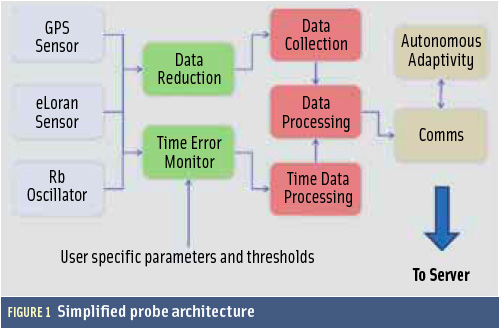 FIGURE 1: Simplified probe architecture
FIGURE 1: Simplified probe architectureGNSS vulnerability is rightly one of the most talked about topics of 2011.
By Inside GNSS FIGURE 1: Simplified probe architecture
FIGURE 1: Simplified probe architectureGNSS vulnerability is rightly one of the most talked about topics of 2011.
By Inside GNSS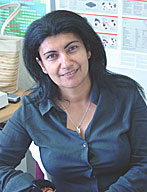 ICG Program Officer Sharafat Gadimova
ICG Program Officer Sharafat Gadimova[Updated Sept 7, 2011] The United Nations and the United States will co-sponsor a special meeting to commemorate 10 years of achievement on the global navigation satellite systems on December 12-16, 2011 at the United Nations office Vienna International Center in Vienna, Austria.
The main discussion will center around the International Committee on GNSS (ICG), created by The UN Office of Outer Space Affairs (OOSA) in 2005 to bring together all system providers and smooth the way for global development of the satellite navigation systems.
By Inside GNSS Scenic Jeju Island
Scenic Jeju IslandThe third Asia Oceania Regional Workshop on GNSS will take place on Jeju Island, Korea on November 1 and 2, 2011.
Japan’s first Quasi-Zenith satellite "Michibiki" is now transmitting positioning signals and its technical and application verificationr results will be a major topic at this year’s event.
By Inside GNSS IET headquarters, Savoy Place
IET headquarters, Savoy PlaceThe head of the Galileo program division of the UK’s space agency, the PRS expert at the European GNSS agency and the director of the Nottingham Geospatial Institute are just a few of the speakers at a one-day seminar in central London on October 5 called "Modernized Satellite Navigation: The Implementation of GNSS Programmes and Future Challenges."
The Wednesday event will take place at the IET Savoy Place conference center from 9 a.m. until 5 p.m
By Inside GNSS ENAC campus courtyard
ENAC campus courtyardThe fifth European workshop on GNSS signals and signal processing will take place at ENAC headquarters (École Nationale de l’Aviation Civile), in Toulouse, France on December 8 and 9, 2011.
The workshop will give an overview of GNSS signals, characteristics, and performances related to any of the navigation, positioning, timing, attitude determination and scientific GNSS services. Papers have been accepted on the use of EGNOS (3,4) and GALILEO (1,2) signals, and all other GNSS signals for operational and/or scientific applications, with 1 to 5 frequencies.
By Inside GNSS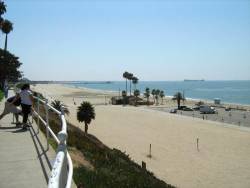
The 43rd PTTI meeting will be held at the Hyatt Regency Long Beach in Long Beach, California on November 14-17, 2011.
Each year, experts meet to exchange precise time and time interval information at the user level, inform government and industry of the technology and its challenges, discuss new technology and review present and future PTTI requirements.
By Inside GNSS Namur Palais des Congres
Namur Palais des CongresThe 8th European Space Weather Week conference will take place in Namurs, Belgium from November 28 to December 2 ,2011. The conference venue is the old stock exchange of the Walloon capital, transformed into a convention center.
The annual event is sponsored by the European Space Agency. This year, the local organizer is the Solar-Terrestrial Center of Excellence (STCE).
By Inside GNSS Detail from the collections of the Calais lace museum
Detail from the collections of the Calais lace museumThe Space Reflecto international workshop on passive reflectometry using radiocom space signals will be held in Calais, France on October 27 and 28, 2011. The conference venue is the auditorium of a former lace factory transformed into a museum – Cité Internationale de la Dentelle et de la Mode de Calais.
Topics of particular interest to Inside GNSS readers include:
By Inside GNSS
The 2011 Telematics@China conference and exhibition will be held at the Shanghai Marriott Hotel City Centre in Shanghai, China from Wednesday through Friday, December 7-9.
The annual event, which began in 2008, is sponsored by the Automotive Engineers of China (SAE-China) and supported by a number of government departments. The conference will feature 90 speakers from all sectors of the telematics industry. Organizers expect 1,000 attendees from China and the rest of the world.
By Inside GNSS eVotz plans to make the voting booth passé.
eVotz plans to make the voting booth passé.The 2011 USA Challenge will give ION GNSS participants a chance to pick their favorite satellite navigation application from this year’s contest using eVotz, a mobile voting platform that won the competition last year.
By Inside GNSS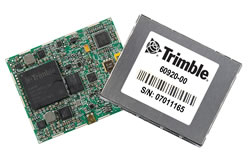 Trimble BD920
Trimble BD920Trimble has introduced two new GNSS OEM modules, the BD910 and BD920, featuring centimeter-level, real-time kinematic (RTK) positioning capabilities optimized for high-precision and control applications.
The BD910 and BD920 modules are designed to allow OEMs and system integrators to easily add centimeter-level positioning to specialized or custom hardware solutions.
By Inside GNSS
Chronos Technology has announced the signing of a Framework Agreement with the UK Centre for Protection of National Infrastructure (CPNI) to provide tools and guidance for the impact assessment of GSM/GPS jamming devices.
By Inside GNSS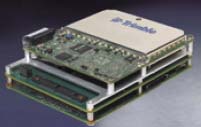
Trimble has introduced its next generation AP Series of embedded GNSS-inertial OEM modules plus inertial measurement units (IMUs), featuring a 220-channel multi-frequency GNSS receiver with dual-antenna heading support.
The company announced the new products today (August 16, 2011) at AUVSI’s Unmanned Systems North America 2011 Conference and Exhibition.
By Inside GNSS